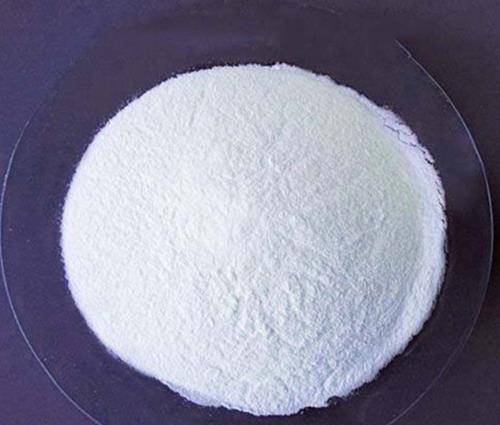Parylene coating process and characteristics
What is Parylene?
Parylene (poly-p-xylene) is a polymer of p-xylene, which is formed by thermal decomposition and polymerization of poly-p-xylene dimer (called di-p-xylene). It is heat-resistant, with a melting point of about 400°C, and is often used as a flexible sheet and encapsulation film for organic transistors and light-emitting diodes. Parylene is widely used in the field of biomedical engineering because of its strong barrier properties to water and ions and excellent biocompatibility. It is an FDA-approved material that meets USP Class VI and ISO 10993 biocompatibility requirements and can be used for human implantable devices. It is usually the first consideration for selecting high-value coatings for the medical industry.
Chemical vapor deposition
The common method for preparing Parylene film is chemical vapor deposition (CVD), a process technology in which the reactants undergo a spatial gas-phase chemical reaction under gaseous conditions, directly generate solid substances on the surface of a solid substrate, and then form a coating on the surface of the substrate. The entire preparation process is divided into three steps: vaporization of the monomer, cracking, and adhesion deposition on the surface of the substrate.

First, under vacuum, the solid paraxylene raw material gradually absorbs heat and sublimates into gas in the evaporation chamber as the temperature rises.
Second, the sublimated gas enters the cracking chamber and cracks into active parylene monomers with two dangling bonds at about 650℃.
Third, at room temperature (25℃), the free active parylene monomers are deposited and polymerized on the surface of the solid substrate to form a dense protective film layer.
Product Features
Parylene film has excellent electrical insulation, protection, air permeability, chemical resistance and high mechanical strength. It is a new type of environmentally friendly coating material that can be applied to various appearances, including sharp edges, cracks and internal and external appearances. The coating thickness can be controlled between 0.1-100um, with uniform thickness, dense and pinhole-free, transparent and stress-free, no additives, no damage to workpieces, and excellent electrical insulation and protection. It is widely used in optoelectronic materials, magnetic materials, clothing, cultural relics protection and medicine.


